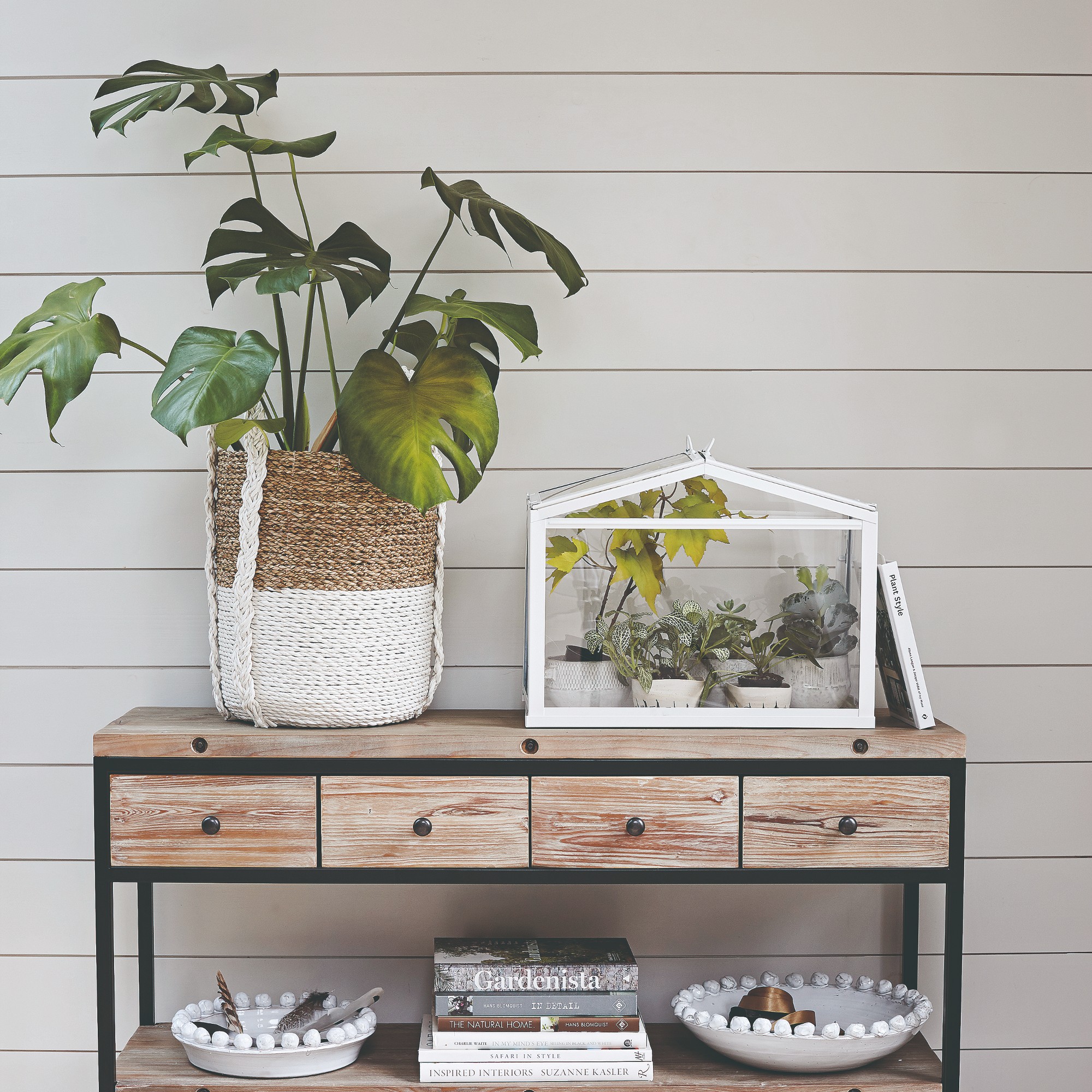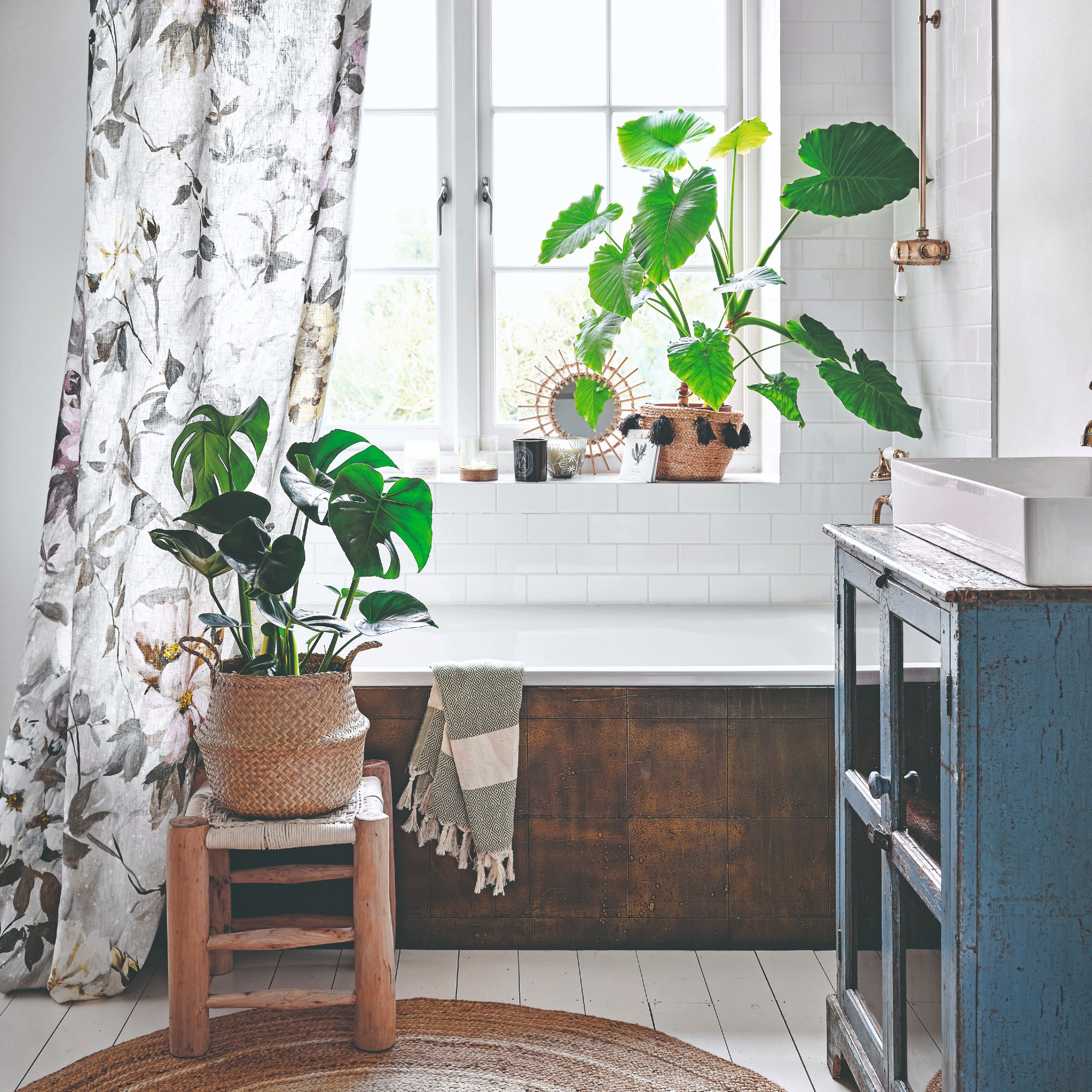
Propagating is often an essential part of plant care, keeping your favourite leafy green nice and healthy. Equally, propagation is great for free gifting to family and friends. Or just having more plants for your own home.
There are multiple ways of propagating though, each beneficial for different types of plants. But if you own a Monstera plant and are wondering how to propagate Monstera the best way possible, you’ve come to the right place.
Monstera is one of the most popular houseplants around and propagating it might help with balancing out possible lopsidedness or preventing it from getting to a point of being too big where it can’t support itself anymore. So, how do you actually go about it and what is the easiest way to propagate a Monstera? Our panel of plant experts have shared their expertise.
How to propagate Monstera

There are several types of propagation; but the most common are leaf cutting, dividing, and water propagation - some easier than others. And some are much messier than others. Luckily for you, when it comes to the Monstera plant specifically, our plant experts unanimously agree that water propagation, the easiest and tidiest of propagating techniques, is the best way forward.
‘Taking the first exciting steps into propagating your Monstera can seem daunting, but it’s actually surprisingly simple,’ says Jo Lambell, founder of Beards & Daisies.
‘Water propagation couldn’t be easier and is a great technique that even beginners can master,’ agrees Kate Lindley, product manager at plant care brand Baby Bio.
Can I grow Monstera from a cutting?

A big and bushy Monstera plant is an essential ingredient to an urban jungle room in our opinion. But to keep it that way, or to create multiple plants to enhance the urban jungle look, you need to know how to propagate it. So what is the actual technique of propagating a Monstera plant? Jo of Beards & Daisies provides a fool-proof, step-by-step guide.
‘Start by cutting off a chosen stem – we suggest finding a stem with several nodes or leaves on it, and snip with super sharp secateurs just below one of its nodes,’ she says. The nodes are brown-coloured circular rings on the stem. And sharp, clean scissors will also work according to Kate of Baby Bio.
‘Place it in a jar or vase of cool water, and within a couple of weeks it will have developed its own root system and will be ready to plant on,’ Kate says.
Can you propagate a Monstera in water?

‘The benefit of propagating in water, especially as a first-time propagator, is that you’ll easily be able to check its progress and watch for any first signs of roots growing. Keep your cutting in a warm, bright location with plenty of indirect light to encourage growth,’ Jo explains.
Suzie Woolley of Serenata Flowers suggest a window ledge but advises against ‘strong direct sunlight which could burn the leaves.’
‘Just make sure you keep the water fresh to prevent mould from growing. And don’t let it stay rooting in the water for too long, or it won’t take to the soil when it is potted up. Once the roots are approximately an inch long, you can transfer it to a pot with houseplant soil and give it good water,’ says Kate.

Ideal Home’s Editor Heather Young can confirm the effectiveness of this technique first hand as she regularly propagates her own Monstera plant in water. ‘I'm a big fan of gifting Monstera babies to friends and family. I have a huge one in my living room (nicknamed the BFG by my twins), and I have successfully propagated many plants from it.’
‘I cut off a new stem just below a node, and then I pop it in water. I leave the roots to develop for 2-3 weeks, then I plant it into a pot. I've read that you need to be careful as the roots can rot if left in water too long, but I've definitely left some of mine for a long time and I've never had that problem.’
What to avoid when propagating Monstera
Experts recommend you get propagating your Monstera before the season turns and your plant goes into hibernating mode.
‘We don’t advise propagating in the winter months as your plant will be in its dormant phase and you won’t see much success. Late spring and summer are the perfect times for propagating,’ Jo concludes.







